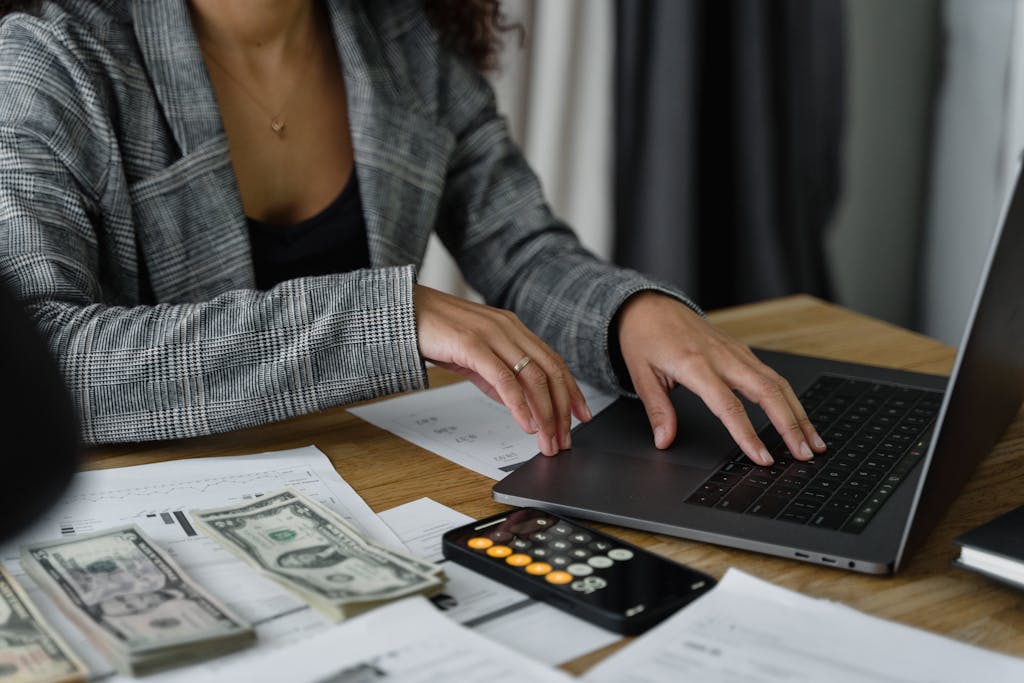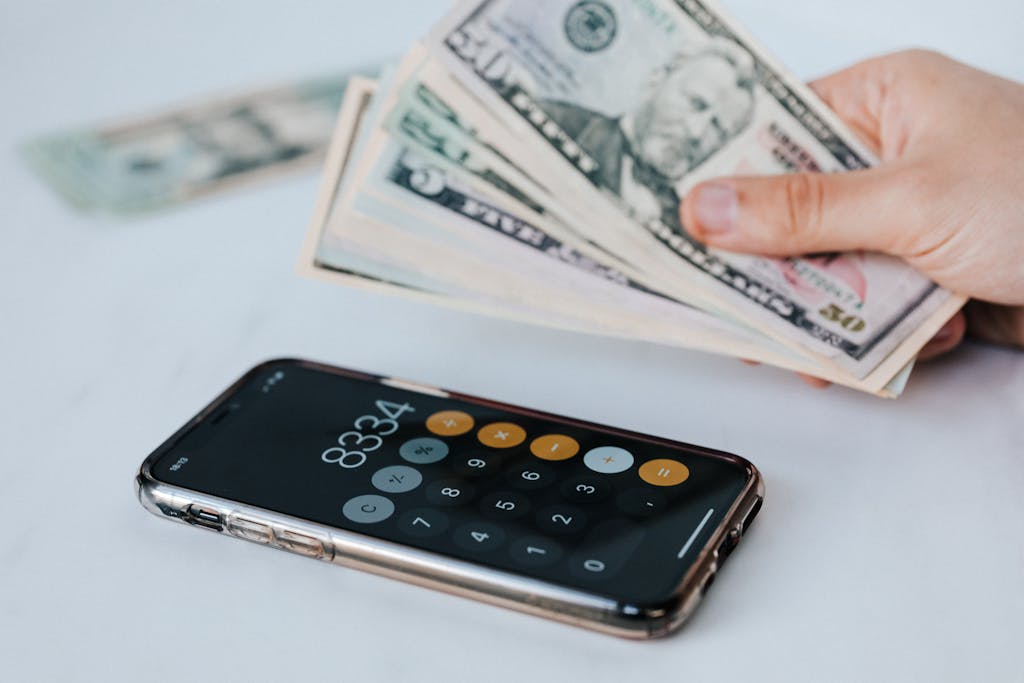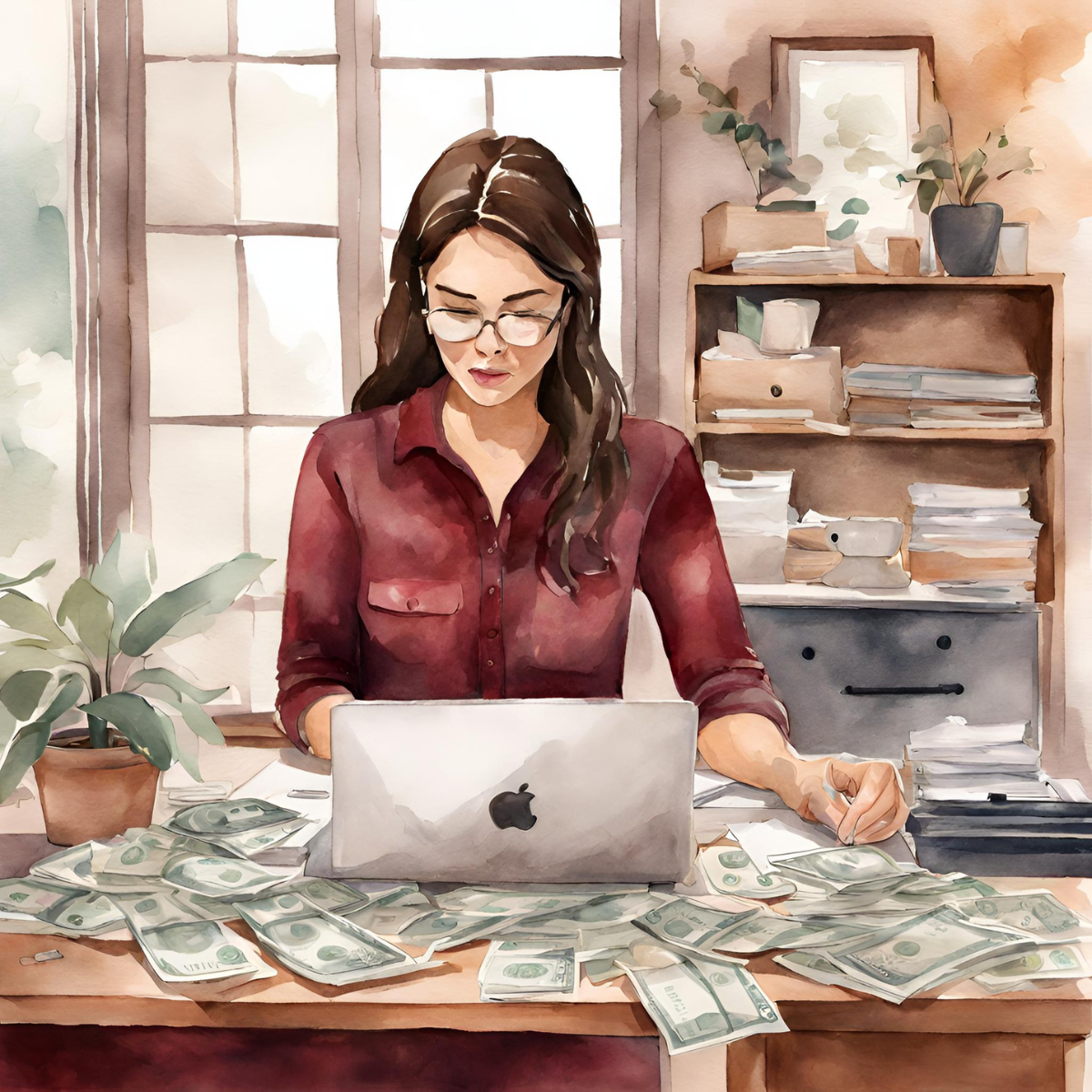How to Build an Emergency Fund
I’m with you, the very idea of an emergency fund is not exactly thrilling .
Money sitting around, you never hope to use it, It’s the financial equivalent of an umbrella you don’t really think about it until it starts raining cats and dogs.
Can anybody else hear Rihanna’s “Umbrella”? 😂🎵
But here’s the thing, that incredibly boring plan can be a lifesaver…I mean, literally!
Like, when you suddenly have an unexpected home repair to handle or when your car breaks down right in the middle of nowhere.
Nope, not cool at all!
But an emergency fund can help you tackle these unplanned events.
Let’s simplify: The emergency fund is your financial safety net..liquid cash stored away for unexpected rainy days.
The future is unpredictable, after all, unless you’re a fortune-teller (PS.: If you are, then Let’s grab a virtual coffee together!).
Everyone needs an emergency fund!
I get it; starting to build one can be tough. But I’ll give you ideas on how you can build your emergency fund.

Defining an Emergency Fund
An emergency fund is a financial safety net that covers unexpected expenses or financial emergencies. It’s a cash reserve that’s specifically set aside for unplanned expenses that are not part of your routine monthly bills or payments.
Some common examples of unexpected expenses include job loss, medical bills, car repairs, or home repairs.
An emergency fund provides a buffer to help you weather financial storms, allowing you to avoid debt and maintain your financial stability. It’s an essential component of any financial plan, providing a sense of security and peace of mind.
The Importance of an Emergency Fund for Financial Stability
Having an emergency fund is super important for keeping your finances in check.
It helps you brace for unexpected expenses and money hiccups that could mess up your financial plans.
Without one, you might end up leaning on credit cards or loans for sudden costs, leading to debt and financial worries.
How to Build an Emergency Fund

With an emergency fund, you can avoid the stress of unexpected expenses and stay focused on your money goals like saving for the future or paying off debts.
It’s like having a financial safety net that lets you tackle any money curveball with confidence.
Identify your Emergency Fund Goal
First things first, how much should you save up?
A general rule of thumb is to have about three to six months of living expenses.
Put simply, if you spend $2000 a month, aim to save around $6000-12000.
Remember, this doesn’t include the splurging on Friday pizza nights…it’s just for necessities like rent/mortgage, groceries, utilities, etc.
Now that you have a goal in mind, let’s get started!
Start Small
If that number startled you, don’t freak out! Rome wasn’t built in a day, and neither will your emergency fund.
Walking away from this post thinking, “I can’t do this” is not an option!
You can start small, save as little as $10 or $20 a month.
It can be tough in the beginning, but “little by little, one travels far”.
As your income increases, you can increase the amount you save each month.
Set Up Automatic Savings
One of the best ways to build an emergency fund is by setting up automatic savings.
Here’s how it works:
- Choose a specific day of the month when you receive your salary.
- Set up an automatic transfer from your checking account to your emergency fund account on that day.
- Start with a small amount, then gradually increase the amount as you get more comfortable.
This way, you won’t even feel like you’re saving because it’s all automatic!
Remember, out of sight is out of mind.
So set an automatic monthly transfer to your savings account.
This will get you into a savings routine without the monthly mental workout. It’s like having spinach smoothies for breakfast—you don’t have to enjoy it, but it’s good for you!
Find Ways to Save
Do you know the joy of finding a forgotten $20 bill in your jacket pocket?
That’s the magical joy of saving!
Cut back on unnecessary splurges and find small, effective ways to save.
- Cancel that subscription you never use.
- Make your coffee at home instead of buying it every morning.
- Compare prices before making a purchase.
These little changes add up and can help you reach your emergency fund goal faster.
Treat it Like an Expense
Your emergency fund is just as important as any other bill.
Treat it like a monthly expense and include it in your budget.
Once you get used to setting aside money each month, it’ll become a habit.
And habits die hard! This way, you won’t even have to think about saving; it will be automatic.
Extra Income
If you’re thinking, “How can I save more?”, consider creating an additional income stream.
It might be a part-time job, freelance gigs, or more entrepreneurial.
The goal is to earn more and save the extra income, not spend it.
This will help you reach your emergency fund goal sooner than later.
Contribute Windfalls
Windfalls are unexpected chunks of money that come from bonuses, tax refunds, or even a gift from a relative.
Instead of treating yourself to something nice (I know it’s tempting), put it straight into your emergency fund.
It’s a great way to give your savings a massive boost and reach your goal faster.
We all love some instant gratification, but the security of an emergency fund is more important in the long run.
Monitoring and Adjusting Your Fund
Monitoring your emergency fund regularly is essential to ensure you’re on track to meet your goals.
You should also adjust your contributions based on changes in your financial plan or budget. For instance, if you receive extra income, you can consider adding that to your emergency fund. If your income suddenly decreases, you may need to temporarily reduce your contributions.
It’s also crucial to monitor your emergency fund balance and avoid using it for non-emergency expenses.
Remember, this is your financial safety net, and not taking it seriously can leave you vulnerable during unexpected times.
Avoiding Common Pitfalls
It can be tempting to dip into your emergency fund for non-emergency expenses, but doing so can quickly deplete your cash reserve.
To avoid this, it is important to define what constitutes an emergency and stick to that definition. Emergencies include unexpected medical bills, car repairs, and job loss.
Non-emergency expenses, such as vacations or home renovations, should not be paid for with your emergency fund.
Another common pitfall is relying too heavily on credit cards to cover unexpected expenses.
While credit cards can be a useful tool in an emergency, relying on them too much can lead to high-interest debt and financial stress.
Instead, aim to build a cash reserve that can cover at least three to six months of living expenses.
Replenishing the Fund After Use
If you do need to use your emergency fund, it is important to replenish it as soon as possible. This can be done by cutting back on non-essential expenses. You can also increase your income through a side hustle or part-time job.
Make a plan to replenish the fund within a set timeframe, such as six months, and stick to that plan.
In addition to replenishing the fund after use, it is also important to regularly review and adjust your emergency fund as your financial situation changes.
For example, if you pay off high-interest debt, you may be able to reduce the size of your emergency fund. On the other hand, if you take on new financial obligations, such as a mortgage or car payment, you may need to increase the size of your emergency fund.
By maintaining financial discipline, you can ensure that your emergency fund remains a reliable financial safety net that provides security during unexpected life events.
Conclusion

Building an emergency fund may not be exciting but it’s essential.
It’s like insurance for your financial stability.
Start small, stay consistent, and keep finding ways to save.
Remember, it’s not a race; progress is progress, no matter how slow.
But most importantly, don’t forget to eventually use that umbrella when it starts raining cats and dogs! 🌧️☂️
So, are you motivated to start your emergency fund?
Hit the comment box and share your thoughts.







